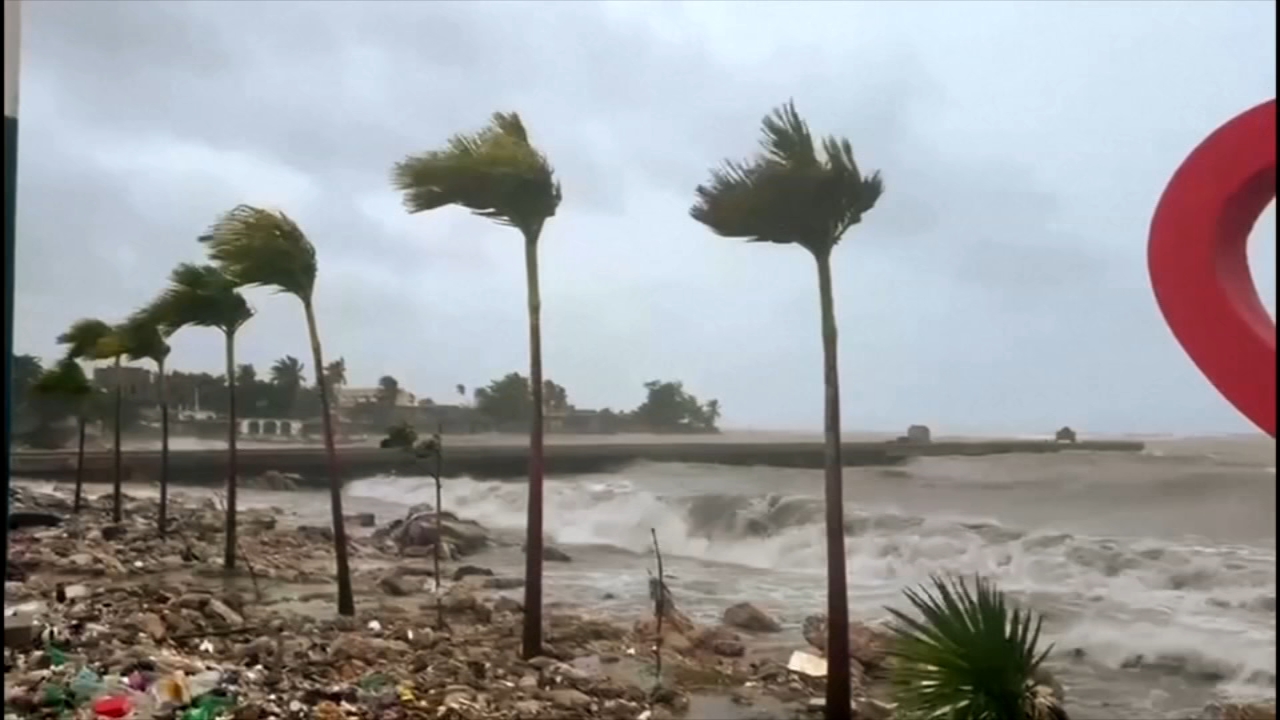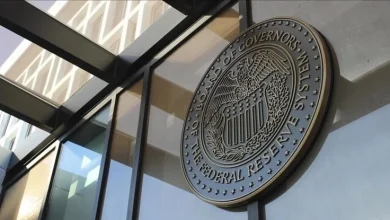Hurricane Melissa struck Jamaica on Tuesday with record-tying 185 mph (297 km/h) winds, leaving scientists stunned by its power and behavior. The storm broke through several atmospheric conditions that would typically weaken a hurricane — and instead grew stronger, making it one of the most extreme tropical systems ever recorded in the Atlantic.
Extreme intensification defied forecasts
According to meteorologists, Melissa experienced “extreme rapid intensification”, gaining nearly 70 mph in just 24 hours — far beyond the 35 mph threshold for rapid intensification. It then went through a second burst of strengthening, reaching 175 mph before landfall.
“This has been a remarkable, just a beast of a storm,” said Phil Klotzbach, hurricane researcher at Colorado State University.
Record-breaking power
Melissa tied the 1935 Labor Day Hurricane and 2019’s Hurricane Dorian for the strongest Atlantic landfalls ever recorded, both in wind speed and barometric pressure. Only Hurricane Allen (1980) had higher wind speeds — 190 mph — but it did not make landfall at that intensity.
What surprised scientists most was Melissa’s stability: it resisted weakening despite conditions that normally disrupt powerful hurricanes, such as eyewall replacement cycles, mountainous terrain, and ocean cooling.
“It didn’t even notice Jamaica was there”
Researchers noted that Melissa hovered near Jamaica’s mountains before landfall — a scenario that typically weakens storms — yet its strength barely wavered.
“It was next to a big mountainous island, and it didn’t even notice it was there,” said Brian McNoldy of the University of Miami.
Fueled by abnormally warm water
Warm ocean water serves as a hurricane’s fuel, and Melissa had plenty. Sea temperatures beneath the storm were about 2°C (3.6°F) above average, allowing it to “vent” energy continuously.
“This storm had enough warm water at such high levels and it just kept going,” said Bernadette Woods Placky of Climate Central, calling the process “wild and alarming.”
Climate Central estimated that human-caused climate change made such abnormally warm water 500 to 700 times more likely, contributing directly to Melissa’s explosive growth.
More Category 5 storms in a warmer world
An Associated Press analysis found that 13 Category 5 hurricanes have formed in the Atlantic between 2016 and 2025 — more than any previous 10-year span in recorded history. Nearly one-third of all Category 5 hurricanes over the past 125 years have occurred since 2016.
While historical data before satellite tracking is incomplete, scientists agree that climate change is fueling stronger storms, even if the overall number of hurricanes doesn’t increase.
“We’re seeing a direct connection between rising ocean temperatures and rapid storm intensification,” Woods Placky said. “When these systems pass over extremely warm water, they’re pushed to new, dangerous levels.”


 Fed cuts US interest rates again amid data blackout and rising job worries
Fed cuts US interest rates again amid data blackout and rising job worries Ceasefire resumes in Gaza after deadly Israeli airstrikes kill at least 81
Ceasefire resumes in Gaza after deadly Israeli airstrikes kill at least 81 Trump receives South Korea’s highest state honor
Trump receives South Korea’s highest state honor Trump and Takaichi Sign Historic Deals
Trump and Takaichi Sign Historic Deals